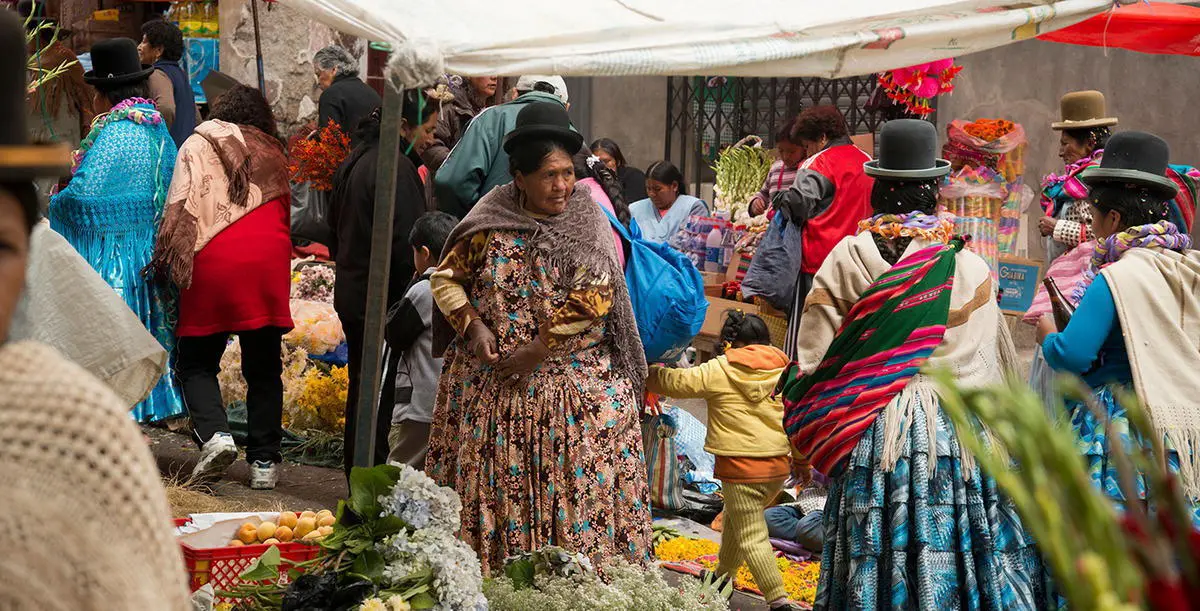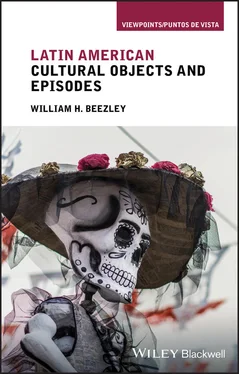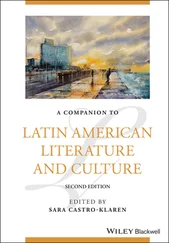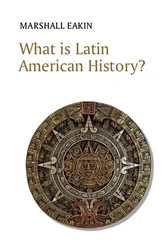In many instances, the object named in chapter titles only provides a keynote to related but different episodes. In these cases, it is not the object that comes into focus, but the episode that it introduces. Oddly, this connects this undertaking with archaeology, I suppose, where reassembling potshards into an object is not the goal, but one step toward recreating a social practice or lost society. Rather than an emphasis on cause and effect beginning with the object, the narration proceeds to an episode through the concatenation, sometimes improbable, of events. This approach poses questions: Is this historical stream of consciousness or perhaps only the correlation of individuals after sociology or statistics, or does it represent the joining together of the subtexts, weaving together information read between the lines, or listening to the silences surrounding objects and their meaning? Are they the traces that Carlo Ginzburg referred to as an indexical paradigm? These interpretative and methodological theories deserve discussion. Just not here, where the emphasis is not on interpretation but explanation of objects and episodes. These comprise in the same sense as Carlo Ginzburg’s narratives a montage.
Finishing the manuscript led to some suggestions of other topics and surprises. My editor had five anonymous readers vet the original proposal, and each of the five offered comments that proved helpful. Many made suggestions for additional objects and episodes for this book. These possibilities exist for additional investigation for books, articles, graduate theses or term papers. Of these, the most difficult to forego was the recommendation of the moustache as an iconic male style throughout Latin America and its metonymic symbolism for masculinity and issues of gender in the region. Other intriguing objects proposed included the Bolivian‐made knock‐off women’s undergarments marketed on street corners in Buenos Aires as French lingerie. No doubt this involves as well La Salada, South America’s largest marketplace for fraudulently labeled clothing. 6 There are also the department store mannequins with physical proportions and the department store mannequins with physical proportions copied from Venezuelan winners of the Miss Universe contest that serve as guides for women from the circum‐Caribbean region seeking plastic surgery. A fascinating introduction to a transcultural topic came from Peter Steiner, a graduate student at the University of Wyoming, who wrote about the collaboration of Vans Shoe Company in the U.S. with Huichol artisans in Jalisco and Nayarit, Mexico, known for both yarn painting and beaded objects, including a totally covered VW bug (called a vichol). The company and the Huichol, in a 10‐month hand‐done process, produced two shoe styles incorporating both bead decoration and yarn painting in limited editions of 360 pairs each. Released September 20, 2014, the shoes celebrated one tradition of the Huichol. 7

Courtesy of Jaramara Mendoza Sandoval.
Latin America provides the book’s general location, even with discussion of global associations and transcultural appropriations. Nevertheless, in Latin America, Italians and Italian culture have a remarkable, unexpected presence. This includes, for example, the Peru–Argentine soap opera “Nino.” Why this Italian presence happened remains unexplained, beyond piecemeal investigations.
1 1A good example is David M. Guss, To Weave and Sing: Art, Symbol, and Narrative in the South American Rainforest (Berkeley: University of California Press, 1990). The American Historical Association published a roundtable on material culture in American Historical Review (December 2009); see also Sam Roberts, “Object Lessons in History,” New York Times (September 27, 2014).
2 2Sidney Mintz, Sweetness and Power: The Place of Sugar in Modern History (New York: Penguin Books, 1985). See also Frederick H. Smith, Caribbean Rum: A Social and Economic History (Gainesville: University Press of Florida, 2008); Gregory Cushman, Guano and the Opening of the Pacific World: A Global Ecological History (New York: Cambridge University Press, 2013); Salman Rushdie, The Jaguar Smile: A Nicaraguan Journey (New York: Random House, 1987).
3 3“¿Qué son los Objectos Desobedientes?” (August 9, 2014), http://www.bbc.co.uk/mundo/noticias/2014/08/140801_finde_cultura_objetos_desobedientes_ch.
4 4Gilbert Seldes, The 7 Lively Arts: The Classic Appraisal of the Popular Arts: Comic Strips, Movies, Musical Comedy, Vaudeville, Radio, Popular Music, Dance (Mineola, NY: Dover Publications, 2001; originally published in 1924).
5 5Maia Fernández‐Lamarqu and Foreword by John Stephens, Variations of the Story as a Socio‐Ethical Text (Jefferson, NC: McFarland & Company, 2019). This investigation came as a wonderful suggestion from one of the reviewers.
6 6Matías Dewey, Making it at Any Cost: Aspirations and Politics in a Counterfeit Clothing Marketplace (Austin: University of Texas Press, 2020).
7 7Peter Steiner, “A Suit Fit for A King: Narratives from a Cultural Empire” (Seminar paper, University of Wyoming, 2014); https://vimeo.com/channels/596143/103385088.
This book has taken a long time but has been a pleasure to complete. It owes its existence, in the first instance, to several persons who have given assistance or made suggestions at critical times. Series editor Jürgen Buchenau patiently allowed me to tinker with the project until it reached this form. Editor Peter Coveney suggested ways to make a half‐baked idea a full‐blown proposal and then insisted on a narrative that matched the subject; he did, surprisingly, have an absolute aversion to titles using Latin phrases. Since Peter’s retirement, Jennifer Manias has continued his careful and professional guidance to authors. Carmen Nava, the unofficial cronista of Mexico, the city she loves, answered obscure questions, made smart suggestions, and laughed at foolish mistakes. William E. French, a fellow traveler throughout Mexico to puppet museums, impromptu accordion concerts, and regular mezcal tastings, converses with the past and always reconceptualizes the context of individuals and events. Our discussions always prompt me to rethink the narrative. There are no better friends.
Two other people serve as accessories to this project as they have for others. David Yetman and Dan Duncan make Emmy‐winning programs for television, especially PBS’s “The Desert Speaks,” and now “In the Americas with David Yetman.” The opportunity to travel with them as a guest for some episodes resulted in the discovery of some of the objects included in this book. Dave and Dan always provided challenging and amusing conversations over dinner and drinks, wherever we were in a half dozen Latin American locations.
Finally, this book is dedicated to Nic Beezley and his brother Matt and cousins Virginia and William, to Rosy, with whom I walk each morning around 4 a.m. While she sniffs the trails of rabbits or squirrels, I ponder the morning’s writing project. Of course, it is also dedicated to Blue.

Hugh Threlfall/Alamy Stock Photo.
Bowlers, often called derbies, for the women of La Paz, Bolivia have become the expression of their identity, community, and locality. Not surprisingly, a recent television program of professional wrestling featured La Paz women, reputedly housewives, wearing their iconic derby. The origin of these hats has been tangled up in a thicket of Aymara romance, town memory, and urban folklore. Largely ignored has been the essential role of merchants from the Italian Piedmont.
Читать дальше














